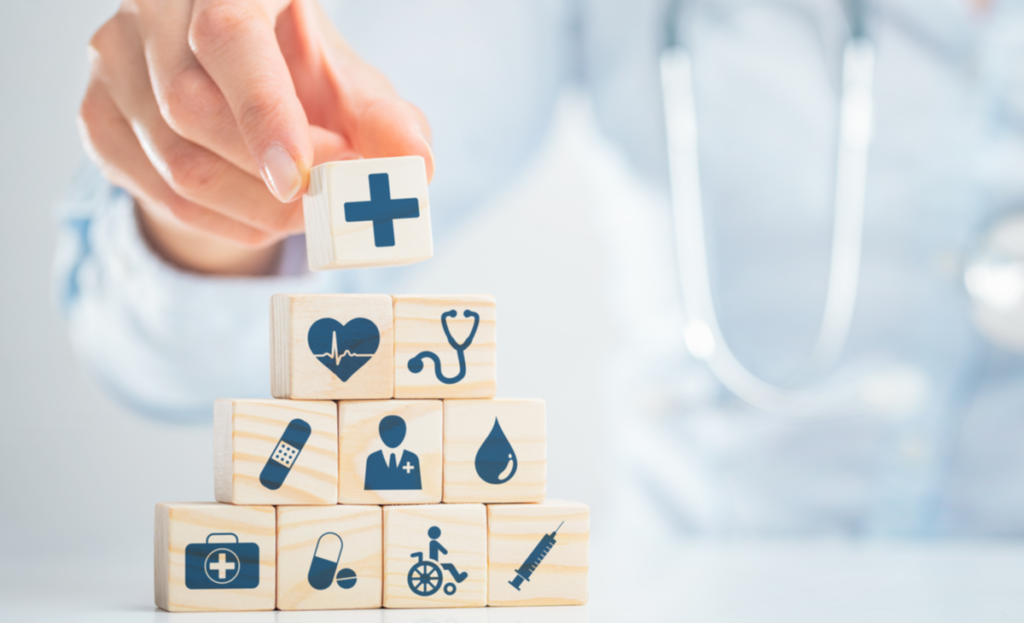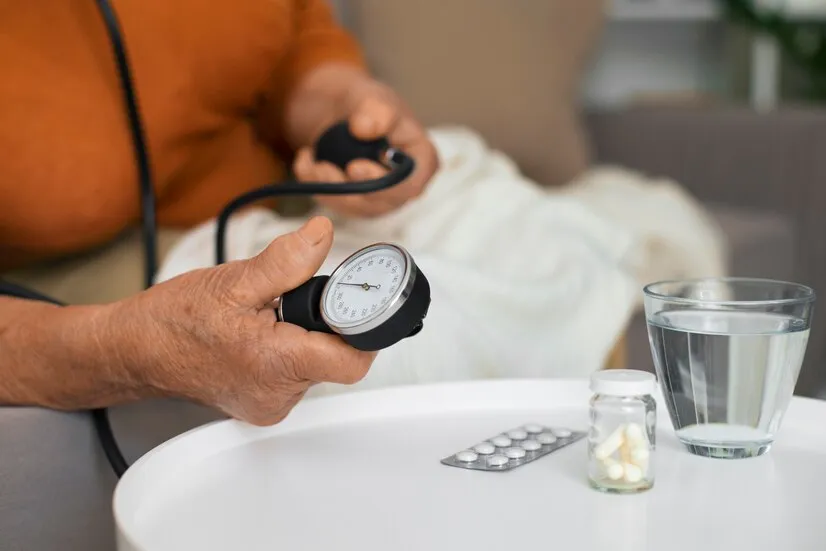Pre-exposure prophylaxis (PrEP) has revolutionized HIV prevention, offering up to 99% protection against this life-altering virus when taken as prescribed. However, many people misunderstand exactly what PrEP does and doesn’t protect against in terms of sexual health. While PrEP is highly effective at preventing HIV transmission, it does not provide protection against other sexually transmitted infections such as chlamydia, gonorrhea, syphilis, or herpes.
Understanding the limitations of PrEP is crucial for making informed decisions about sexual health. Individuals taking PrEP still need to use condoms and get regular STI screenings to maintain comprehensive protection. This is especially important as rates of some STIs have increased in recent years, even among PrEP users who may feel a false sense of security.
Healthcare providers recommend a multi-layered approach to sexual health that includes medication like PrEP when appropriate, barrier methods, regular testing, and open communication with partners. Sexual health clinics offer comprehensive services that can help individuals develop personalized protection strategies based on their specific needs and risk factors.
Understanding PrEP and Its Role in HIV Prevention
Pre-exposure prophylaxis (PrEP) represents a significant advancement in HIV prevention strategies. This medication works specifically to prevent HIV acquisition in people who are HIV-negative but at substantial risk of infection.
What Is PrEP?
PrEP is a prevention method that involves taking specific antiretroviral medications by HIV-negative individuals to reduce their risk of acquiring HIV. Currently, the FDA has approved two medications for PrEP use in the United States: Truvada and Descovy.
Truvada combines two drugs (emtricitabine and tenofovir disoproxil fumarate) and is approved for all populations at risk. Descovy, containing emtricitabine and tenofovir alafenamide, is approved for most groups except those at risk from receptive vaginal sex.
PrEP must be taken consistently to be effective. Studies show that when taken as prescribed, PrEP reduces the risk of HIV infection from sex by about 99% and from injection drug use by at least 74%.
Regular HIV testing and medical check-ups are essential components of PrEP treatment protocols.
Mechanism of Action: How PrEP Prevents HIV
PrEP works by establishing a protective presence of antiretroviral medication in bloodstream and tissues that might be exposed to HIV. When HIV enters the body, these medications prevent the virus from replicating and establishing permanent infection.
The drugs in PrEP specifically target enzymes that HIV needs to replicate inside cells. By blocking these enzymes, particularly HIV reverse transcriptase, PrEP prevents the virus from converting its RNA into DNA and integrating into the host cell’s genome.
For maximum effectiveness, PrEP requires consistent use. It takes approximately 7 days of daily use to reach protective levels in rectal tissue and about 21 days for vaginal tissue.
Unlike vaccines, PrEP doesn’t stimulate the immune system to create antibodies. Instead, it directly interferes with the virus’s ability to establish infection when exposure occurs.
Effectiveness of PrEP in Reducing STI Risk
Pre-exposure prophylaxis (PrEP) has transformed HIV prevention, but its role in overall sexual health requires clarification. Understanding PrEP’s specific effectiveness against different sexually transmitted infections is essential for making informed decisions about sexual health protection.
Efficacy of PrEP Against HIV
PrEP is highly effective at preventing HIV transmission when taken as prescribed. Clinical studies have shown that daily PrEP use reduces the risk of HIV infection by approximately 99% during sexual contact. This remarkable protection rate makes PrEP a cornerstone of modern HIV prevention strategies.
The medication works by maintaining sufficient levels of antiretroviral drugs in the bloodstream to prevent HIV from establishing infection in the body. For maximum protection, adherence to the prescribed regimen is crucial.
Different PrEP formulations exist, including daily pills and newer long-acting injectable options. These options provide flexibility for different lifestyle needs while maintaining strong protection against HIV.
Regular HIV testing remains necessary while on PrEP to ensure the medication is working effectively and to detect any breakthrough infections promptly.
Limitations of PrEP for Other STIs
PrEP specifically targets HIV and offers no protection against other sexually transmitted infections. Common STIs like gonorrhea, chlamydia, syphilis, and herpes continue to pose risks for individuals taking PrEP.
Some studies have actually documented increased STI rates among PrEP users. This trend may reflect behavioral changes, as some individuals may reduce condom use when they feel protected against HIV.
Healthcare providers at specialized clinics like LocalMD in NYC recommend combining PrEP with other prevention strategies. These include regular STI testing, condom use, and open communication with partners about sexual health.
Regular STI screening is particularly important for PrEP users. Most guidelines suggest testing every three months to catch and treat infections promptly.
Comprehensive Sexual Health: Beyond HIV Prevention
While PrEP effectively reduces HIV transmission risk, a holistic approach to sexual health requires attention to other STIs and preventive measures. Protection against HIV is just one component of comprehensive sexual well-being.
Importance of STI Testing and Treatment
Regular STI testing forms the cornerstone of sexual health maintenance, regardless of PrEP use. Individuals on PrEP should undergo comprehensive STI screening every three months as part of their medication monitoring protocol.
Many STIs remain asymptomatic for extended periods, allowing unwitting transmission between sexual partners. Early detection through routine testing enables prompt treatment, preventing complications and reducing community transmission rates.
Healthcare providers recommend testing for gonorrhea, chlamydia, syphilis, and hepatitis alongside HIV monitoring. Testing frequency should increase with new partners or symptoms.
Some clinics, including specialized sexual health centers, offer comprehensive STI panels and convenient testing options. Prompt treatment following diagnosis is crucial for preventing long-term health complications and breaking transmission chains.
Mitigating Risks with Additional Safeguards
Condoms remain highly effective barriers against most STIs when used consistently and correctly. They provide protection against infections transmitted through genital fluids and some skin-to-skin contact.
For oral sex, dental dams and condoms significantly reduce transmission risk. These barriers are particularly important since many STIs can spread through oral-genital contact.
Risk reduction strategies:
- Limiting number of sexual partners
- Having honest discussions about STI status before intimacy
- Getting vaccinated against preventable STIs like HPV and hepatitis
- Avoiding sharing sex toys without proper cleaning
- Considering mutual monogamy after testing
Each person’s risk profile differs based on sexual behaviors, number of partners, and community prevalence of STIs. A personalized prevention plan developed with healthcare providers offers the most comprehensive protection beyond what PrEP alone provides.
Where to get LGBTQ care?
LGBTQ individuals seeking healthcare, including PrEP services, have several options for affirming and comprehensive care. Finding providers who understand the specific needs of the LGBTQ community is essential for proper health management.
Many major cities offer specialized clinics that focus on LGBTQ health needs. These clinics typically provide services from STI testing to PrEP prescriptions and monitoring in a supportive environment.
Local MD is one healthcare provider with locations in both Queens and Brooklyn, NY that offers LGBTQ-inclusive care. Their Maspeth location in Queens can be reached at (718) 307-1577, while their Brooklyn office is available at (718) 475-0065.
Other resources for LGBTQ healthcare include:
- LGBTQ community centers
- Planned Parenthood locations
- University health centers
- Federally qualified health centers (FQHCs)
When selecting a provider, patients should look for practices that explicitly state they are LGBTQ-friendly or have specific training in LGBTQ healthcare needs. Many providers now list this information on their websites or marketing materials.
Telehealth options have also expanded access to LGBTQ-affirming care, allowing individuals in rural or underserved areas to connect with knowledgeable providers. These services often include PrEP consultations and ongoing monitoring.
Health insurance navigation assistance is often available through LGBTQ health centers, helping patients understand coverage for PrEP and other services.
Frequently Asked Questions
Common concerns about PrEP often center around its effectiveness against various STIs beyond HIV and potential side effects that users should be aware of when considering this medication.
What is PrEP’s effectiveness against HIV?
Pre-exposure prophylaxis (PrEP) is highly effective at preventing HIV infection when taken as prescribed. Studies show that PrEP reduces the risk of contracting HIV from sex by about 99% and by at least 74% among people who inject drugs.
Daily adherence is crucial for maximum protection. The medication needs time to build up in the bloodstream to reach optimal protective levels.
Can PrEP offer protection from syphilis?
PrEP does not provide protection against syphilis. While effective against HIV, the medications in PrEP (typically tenofovir and emtricitabine) have no impact on the bacterium Treponema pallidum that causes syphilis.
Regular STI testing remains essential for individuals taking PrEP. Healthcare providers typically recommend screening for syphilis and other STIs every three to six months for PrEP users.
Is PrEP effective in preventing chlamydia infection?
PrEP does not prevent chlamydia infections. The antiretroviral medications in PrEP specifically target HIV replication mechanisms and have no effect on Chlamydia trachomatis.
Some studies have actually observed higher rates of chlamydia among PrEP users. This is likely due to decreased condom use rather than any direct relationship with the medication itself.
Does PrEP usage reduce the risk of contracting gonorrhea?
PrEP offers no protection against gonorrhea. The medications in PrEP work specifically against HIV and do not affect Neisseria gonorrhoeae, the bacterium that causes gonorrhea.
Regular screening for gonorrhea is an important part of PrEP care. Individuals taking PrEP should maintain other prevention strategies such as condoms to reduce gonorrhea risk.
What are the known side effects associated with PrEP usage?
Some people experience mild side effects when starting PrEP, including nausea, headaches, and fatigue. These typically resolve within the first few weeks of treatment.
More serious but less common side effects may include decreased kidney function or bone density loss. Healthcare providers monitor these through regular lab tests during PrEP follow-up appointments.
The benefits of HIV prevention typically outweigh these potential side effects for individuals at substantial risk of HIV infection. Most PrEP users tolerate the medication well without significant adverse effects.
Should individuals with syphilis consider PrEP for STI prevention?
Individuals with syphilis who are at risk for HIV should consider PrEP for HIV prevention specifically, not for additional syphilis protection. A prior syphilis diagnosis often indicates higher risk sexual behaviors that may also increase HIV risk.
Syphilis treatment operates independently of PrEP usage. Those diagnosed with syphilis require appropriate antibiotic treatment regardless of their PrEP status.
The presence of syphilis or other STIs can actually increase HIV transmission risk, making PrEP potentially more important for these individuals. However, comprehensive prevention includes regular testing, treatment of existing STIs, and safer sex practices.






